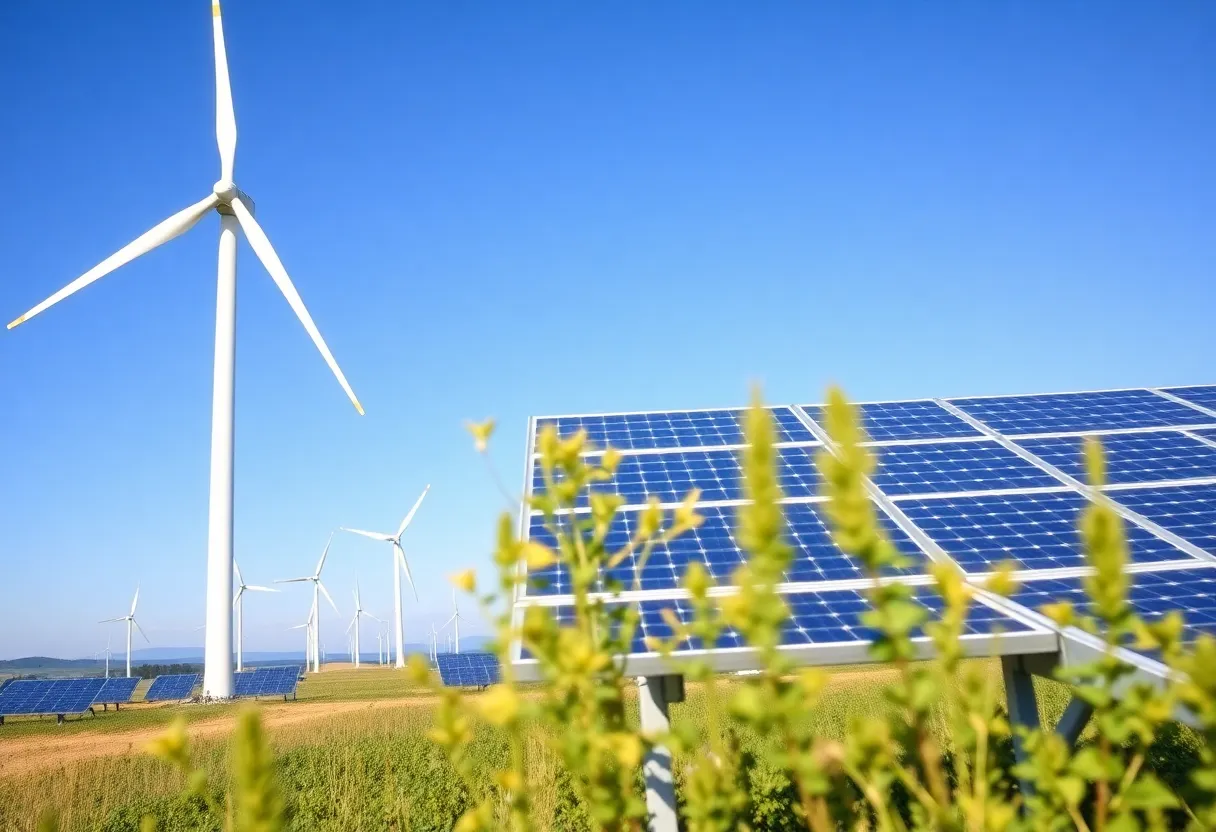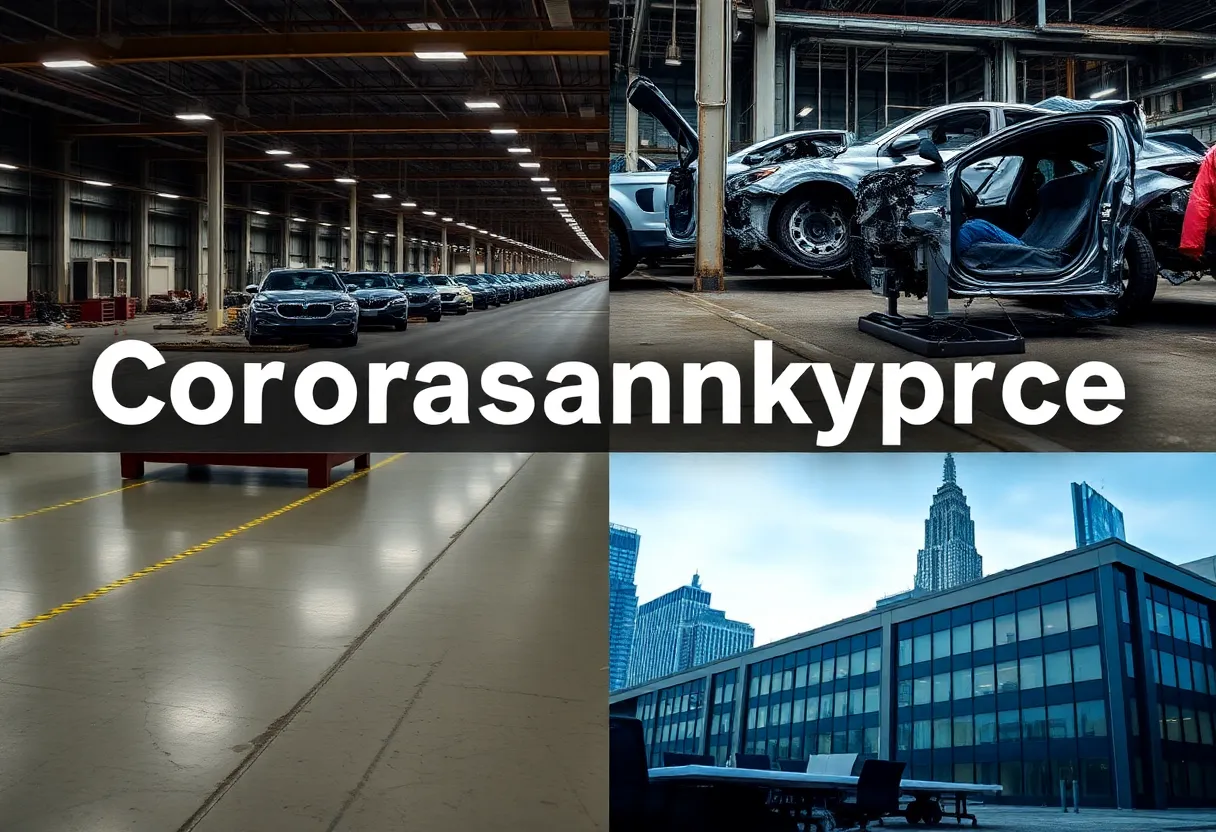News Summary
The IRS has introduced stricter construction requirements for wind and solar projects seeking Tech-Neutral Tax Credits. This includes new definitions for ‘beginning construction’ and eliminates the 5% Safe Harbor option for many projects. Industry experts criticize these regulations for potentially hindering renewable energy initiatives and increasing electricity costs. The guidelines have emerged from internal party disagreements, prompting concerns among energy advocates regarding their impact on low-carbon energy transitions.
Washington, D.C. – New guidance released by the Department of Treasury and the IRS on August 15, 2025, introduces tighter construction requirements for wind and solar facilities that seek to benefit from the Tech-Neutral Tax Credits under Sections 45Y and 48E. This new set of regulations, articulated in IRS Notice 2025-42, aims to comply with an executive order signed by President Donald Trump just weeks prior, which seeks to terminate subsidies for unreliable and foreign-controlled energy sources. The revised rules establish definitive criteria for what constitutes “beginning construction” for these renewable energy projects, particularly in light of a July 4, 2026, construction completion deadline for eligibility.
The One Big Beautiful Bill, passed in July 2025, effectively ended tax credits for new wind and solar facilities not placed in service by December 31, 2027, unless construction is initiated before July 5, 2026. As part of the new regulations, the IRS has eliminated the 5% Safe Harbor option for establishing the beginning of construction for most wind and solar projects. Though the Physical Work Test remains intact, it has shifted focus from a monetary threshold to a requirement for substantive onsite construction activities.
The revised guidance stipulates that to qualify under the Physical Work Test, projects must either engage in onsite construction or undertake offsite work under a binding contract, which includes equipment manufacturing. This change emphasizes that mere preparatory activities, such as site surveys and test drilling, will not meet the new definition of “physical work of significant nature.”
While the update retains the Continuity Safe Harbor, stating that projects placed in service within four years of beginning construction will satisfy continuity requirements, it does recommend maintaining documentation for ongoing construction. However, specific guidelines detailing this documentation process have not been provided in the new rules.
Effective for wind and solar facilities that begin construction on or after September 2, 2025, existing projects that successfully meet the 5% Safe Harbor qualification before this date will not be affected by the changes. Notably, solar facilities with a maximum output of less than 1.5 megawatts are still eligible to use the 5% Safe Harbor option.
Industry experts have criticized the updated guidance for being overly stringent, claiming it may impede the progress of renewable energy projects, potentially leading to an increase in electricity prices for consumers. Concerns have emerged that the regulations create unnecessary barriers and undermine previously agreed-upon standards established during legislative negotiations.
The evolving landscape of these regulations is largely a response to internal disagreements within the Republican party during the legislative process. The tensions between moderate and conservative members resulted in a push for stricter controls on renewable tax credits that ultimately shaped the new IRS guidance.
While some legislators maintain that the new regulations provide a clear pathway for the industry to adapt and fulfill energy demands, the overall sentiment among energy advocates and industry leaders suggests this move may hinder the transition towards low-carbon energy solutions. Going forward, the impact of these regulations on the construction timelines and economic viability of wind and solar projects remains a key issue of concern among stakeholders in the renewable energy sector.
Deeper Dive: News & Info About This Topic
HERE Resources
New York Unveils 2025 Draft State Energy Plan
Brooklyn SolarWorks Sees Surge in Solar Installations
New York’s Green Energy Sector Faces Crisis
New York’s Green Energy Sector Faces Uncertainty
New York Passes Historic $254 Billion State Budget
New York Unveils $254 Billion State Budget Focused on Climate and Education
Billions in Clean Energy Projects Canceled Amid Uncertainty
Additional Resources
- The Hill: Treasury Guidance on Wind and Solar Tax Credits
- Utility Dive: Treasury Commence Construction for Wind and Solar Tax Credits
- Wall Street Journal: European Renewable Stocks Rise After U.S. Tax Credit Guidance
- Recharge News: Wind Power Stocks Surge After U.S. Tax Credit Specification
- Politico Pro: Treasury Reportedly Tightens Screws on Tax Credits for Renewables
Author: STAFF HERE NEW YORK WRITER
The NEW YORK STAFF WRITER represents the experienced team at HERENewYork.com, your go-to source for actionable local news and information in New York, the five boroughs, and beyond. Specializing in "news you can use," we cover essential topics like product reviews for personal and business needs, local business directories, politics, real estate trends, neighborhood insights, and state news affecting the area—with deep expertise drawn from years of dedicated reporting and strong community input, including local press releases and business updates. We deliver top reporting on high-value events such as New York Fashion Week, Macy's Thanksgiving Day Parade, and Tribeca Film Festival. Our coverage extends to key organizations like the Greater New York Chamber of Commerce and United Way of New York, plus leading businesses in finance and media that power the local economy such as JPMorgan Chase, Goldman Sachs, and Bloomberg. As part of the broader HERE network, including HEREBuffalo.com, we provide comprehensive, credible insights into New York's dynamic landscape.





